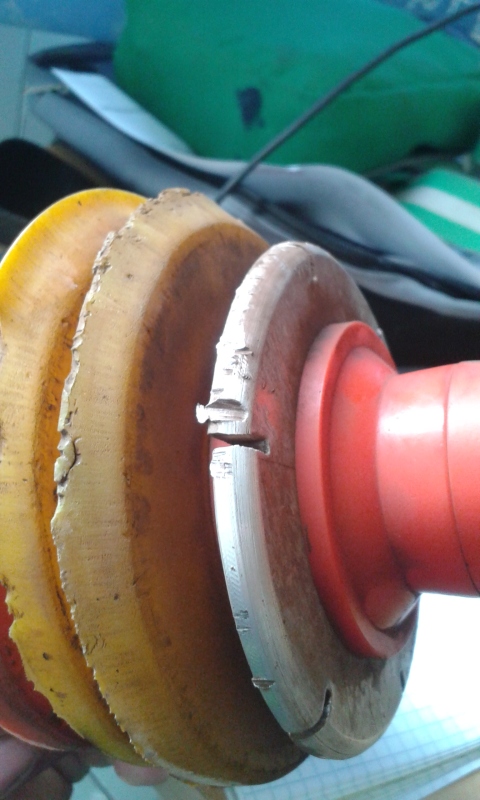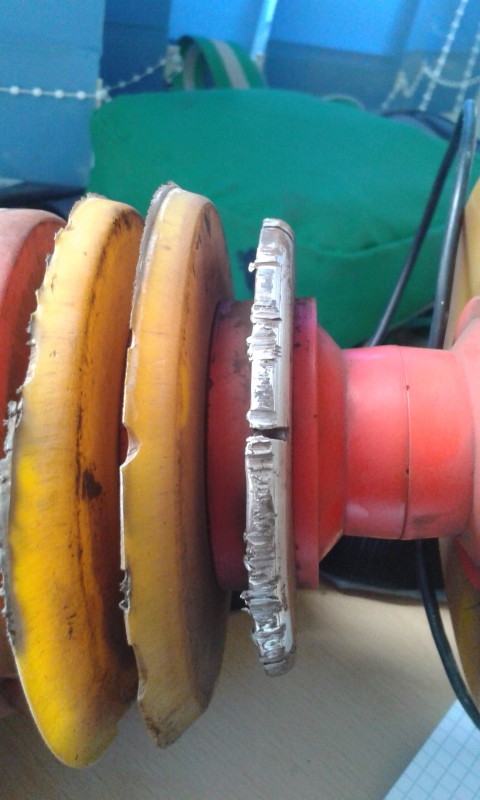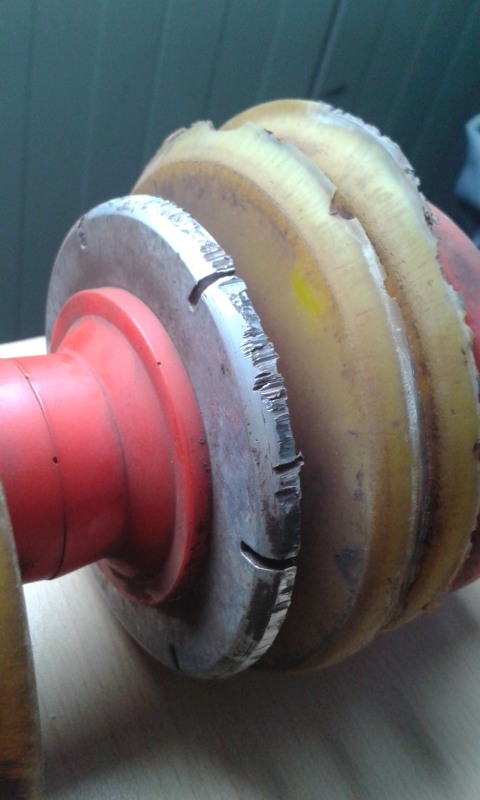perruolo
Petroleum
- Mar 22, 2012
- 15
Good Morning to All
We are right now close to achieve the mechanical completion of a 4" Butane Gas Pipeline among others. We are cleaning the line and then passing the gauging plate. Calculations taking into consideration the positive tolerance (Thickness) and negative tolerance (diameter) to get the minimum acceptable pipe diameter in conjunction with project specification that state the gauging plate must be 95% of the minimum internal pipe diameter give us a final gauging plate diameter of 95.7 mm.
Minimum Pipe Diameter= 100.7 mm
Gauging Plate Diameter = 95.7
Difference = 5.03 mm
Now, API 1104 specified a maximum of 1.6 mm root weld penetration which will be 3.2 mm (diameter)
Final difference = 5.03 - 3.2 = 1.8 mm (0.9 mm each side)
3 gauging plates already passed thorough the pipeline came out with several scratches. Client is demanding a deep investigation of possible causes.
Our position is that with such minimum tolerance is almost impossible to get a clean and smooth gauging plate. It always will suffer some scratches. Your comments are highly
We are right now close to achieve the mechanical completion of a 4" Butane Gas Pipeline among others. We are cleaning the line and then passing the gauging plate. Calculations taking into consideration the positive tolerance (Thickness) and negative tolerance (diameter) to get the minimum acceptable pipe diameter in conjunction with project specification that state the gauging plate must be 95% of the minimum internal pipe diameter give us a final gauging plate diameter of 95.7 mm.
Minimum Pipe Diameter= 100.7 mm
Gauging Plate Diameter = 95.7
Difference = 5.03 mm
Now, API 1104 specified a maximum of 1.6 mm root weld penetration which will be 3.2 mm (diameter)
Final difference = 5.03 - 3.2 = 1.8 mm (0.9 mm each side)
3 gauging plates already passed thorough the pipeline came out with several scratches. Client is demanding a deep investigation of possible causes.
Our position is that with such minimum tolerance is almost impossible to get a clean and smooth gauging plate. It always will suffer some scratches. Your comments are highly



